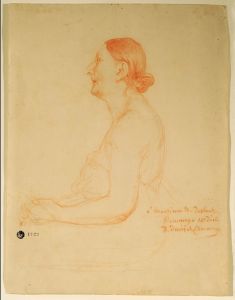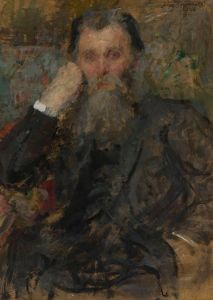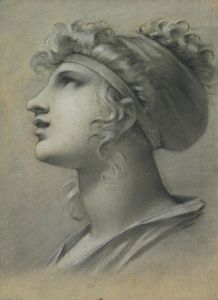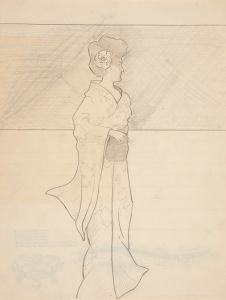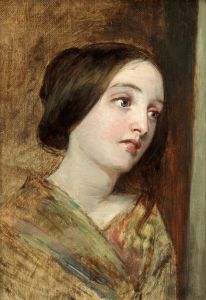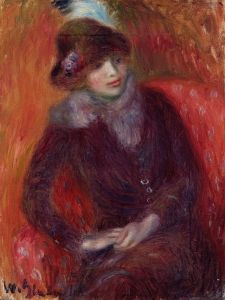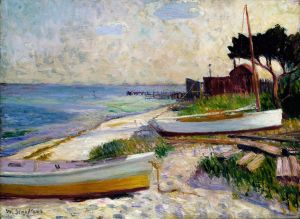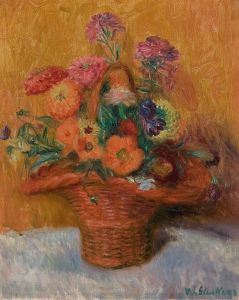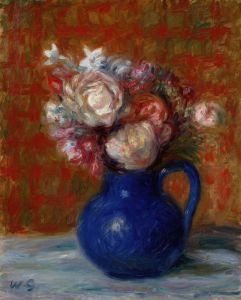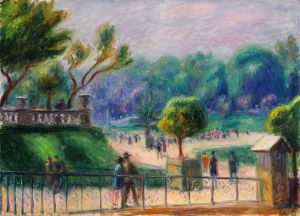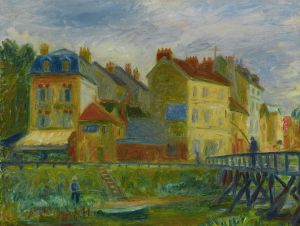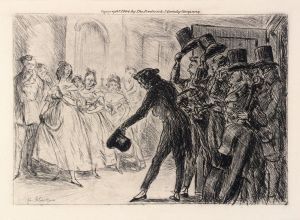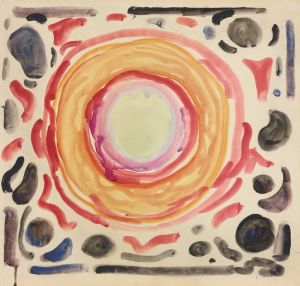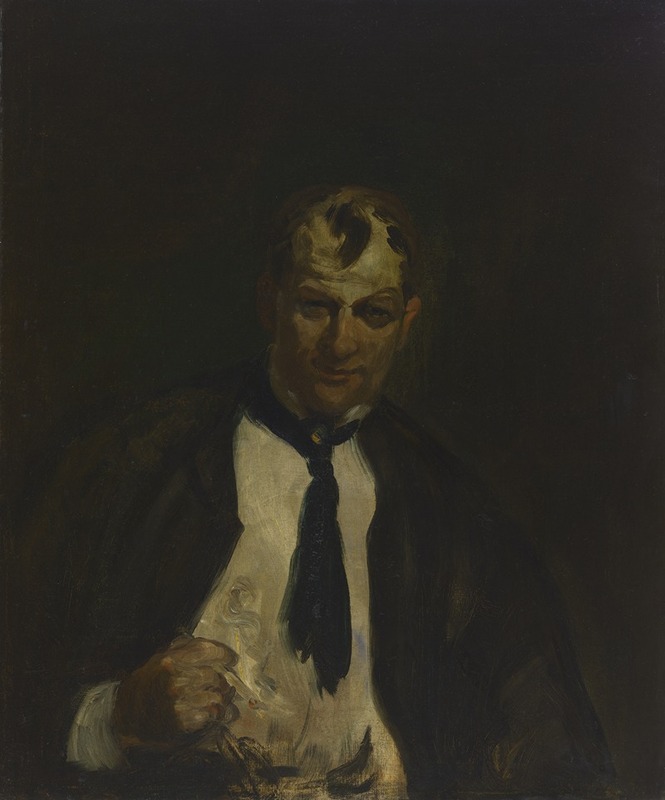
George Benjamin Luks
A hand-painted replica of William James Glackens’s masterpiece George Benjamin Luks, meticulously crafted by professional artists to capture the true essence of the original. Each piece is created with museum-quality canvas and rare mineral pigments, carefully painted by experienced artists with delicate brushstrokes and rich, layered colors to perfectly recreate the texture of the original artwork. Unlike machine-printed reproductions, this hand-painted version brings the painting to life, infused with the artist’s emotions and skill in every stroke. Whether for personal collection or home decoration, it instantly elevates the artistic atmosphere of any space.
William James Glackens, an American realist painter and prominent member of the Ashcan School, created the portrait George Benjamin Luks. This artwork depicts George Benjamin Luks, a fellow artist and close associate of Glackens, who was also a key figure in the Ashcan School. The Ashcan School was a movement in early 20th-century American art that sought to portray scenes of everyday life, particularly urban life, with unvarnished realism.
The portrait is notable for its direct and unembellished representation of Luks, reflecting the Ashcan School's commitment to authenticity and its rejection of idealized or romanticized depictions. Glackens, known for his skill in capturing the personality and essence of his subjects, portrays Luks with a sense of immediacy and vitality. The painting emphasizes Luks' robust personality, which was well-documented in historical accounts of his life. Luks was known for his boisterous demeanor and strong opinions, traits that Glackens appears to have captured in this work.
The relationship between Glackens and Luks was both personal and professional. Both artists were part of "The Eight," a group of painters who exhibited together in 1908 to challenge the conservative art establishment of the time. Their shared commitment to depicting modern life and their camaraderie within the Ashcan School likely influenced Glackens' approach to this portrait.
The exact date of the painting is not definitively documented, but it is believed to have been created during the early 20th century, a period when both Glackens and Luks were actively contributing to the Ashcan School's development. The medium and dimensions of the painting are also not widely recorded in available sources.
As with many portraits of the time, George Benjamin Luks serves not only as a representation of the individual but also as a reflection of the artistic and cultural values of the era. The Ashcan School's focus on realism and its interest in the human condition are evident in this work, making it an important piece within the context of American art history.
Further details about the painting's current location or ownership are not readily available in public records.





